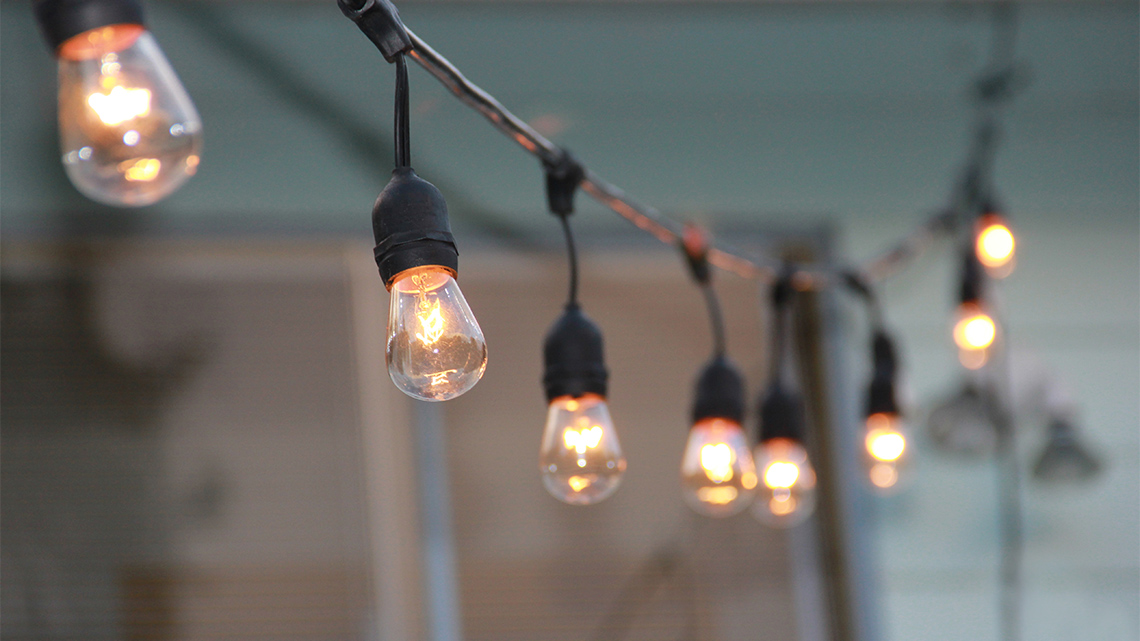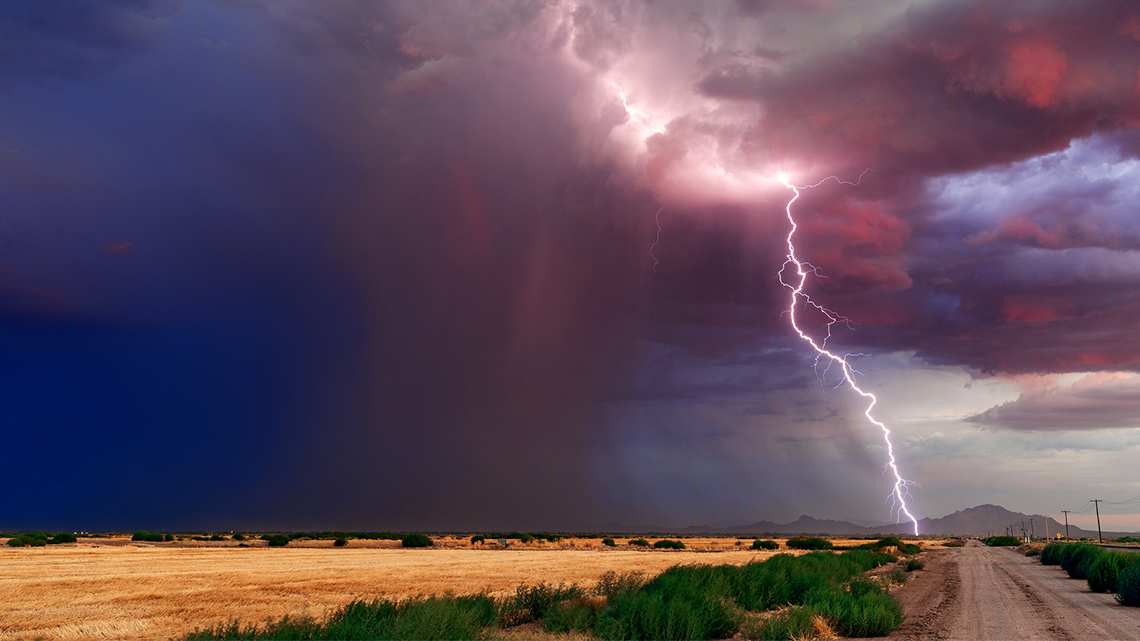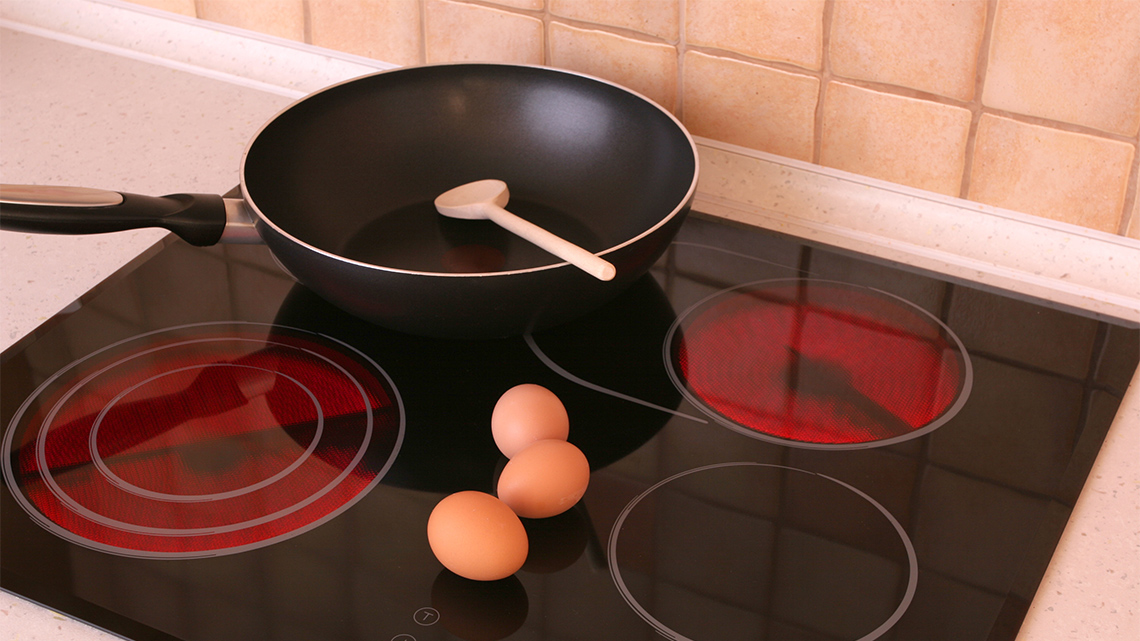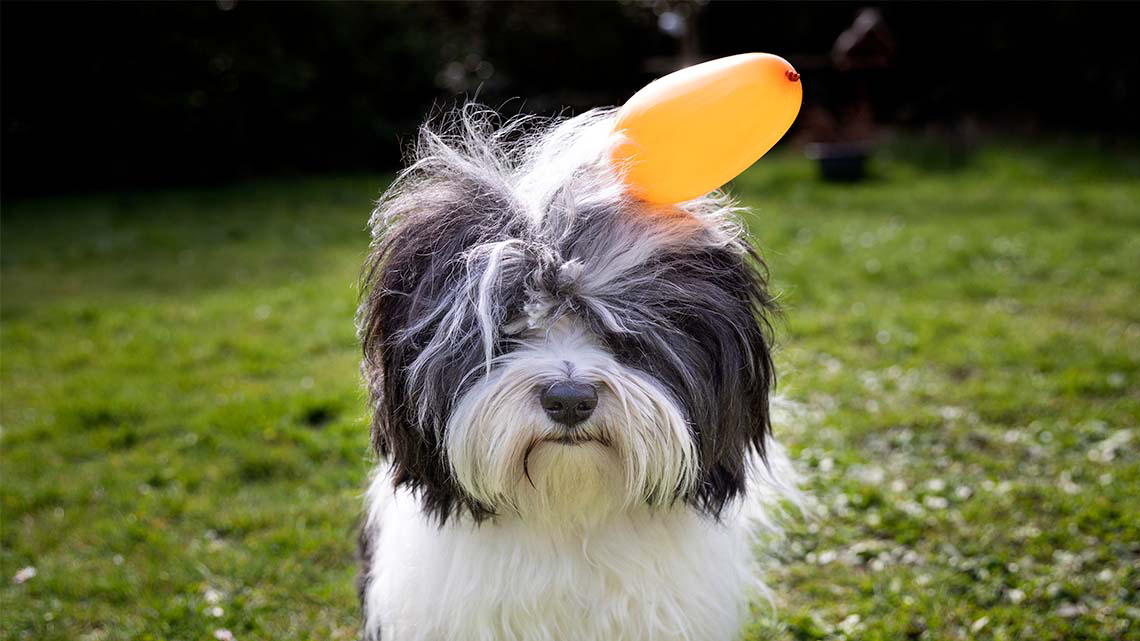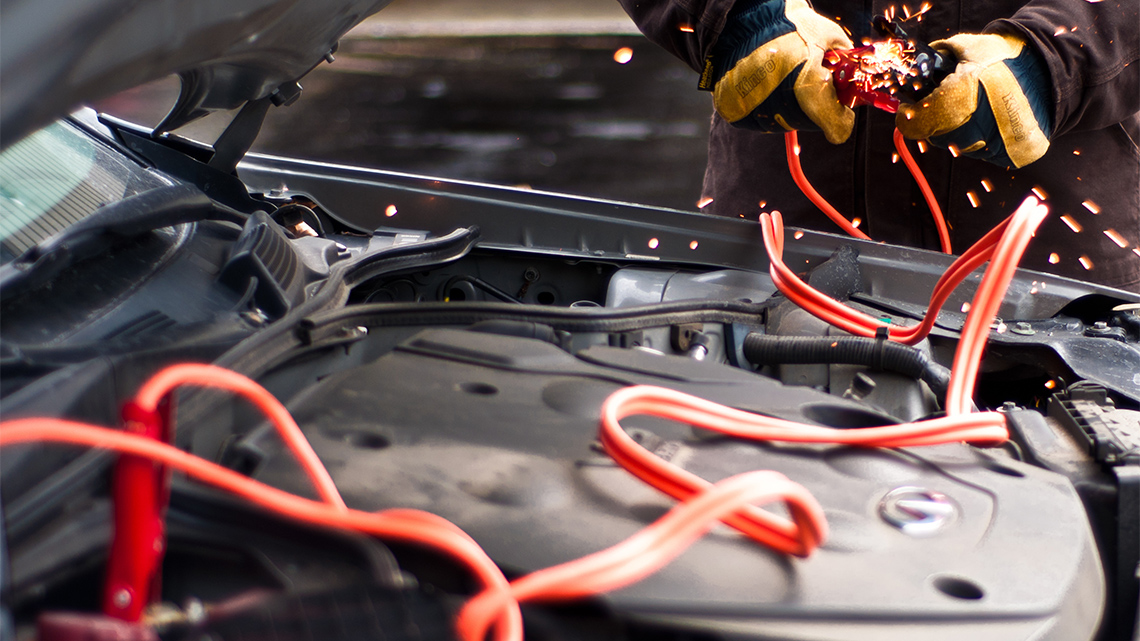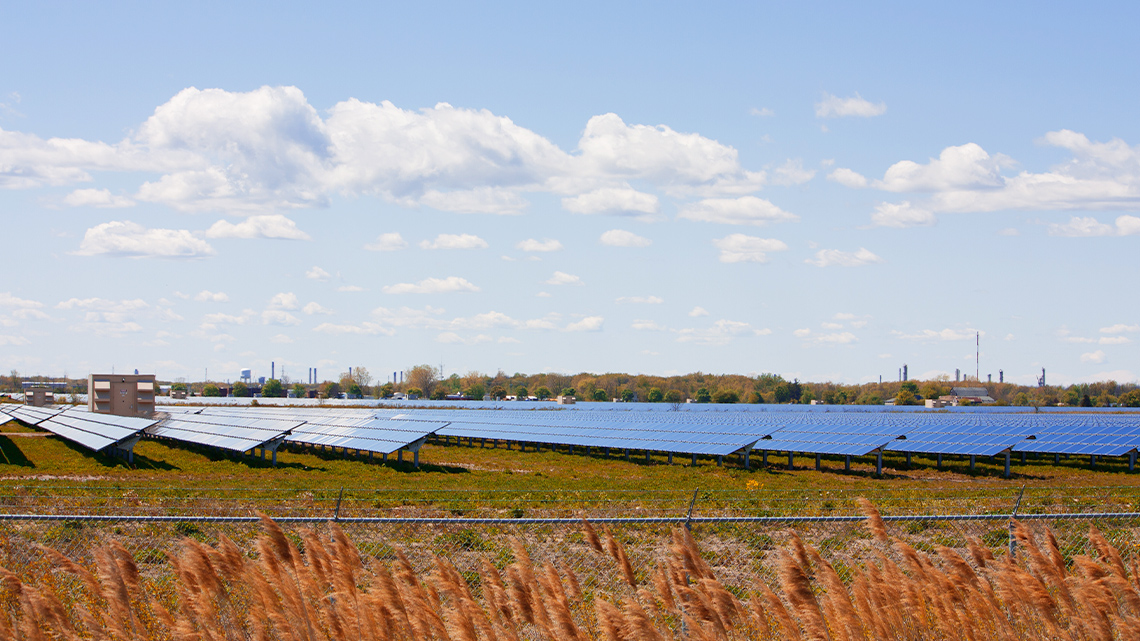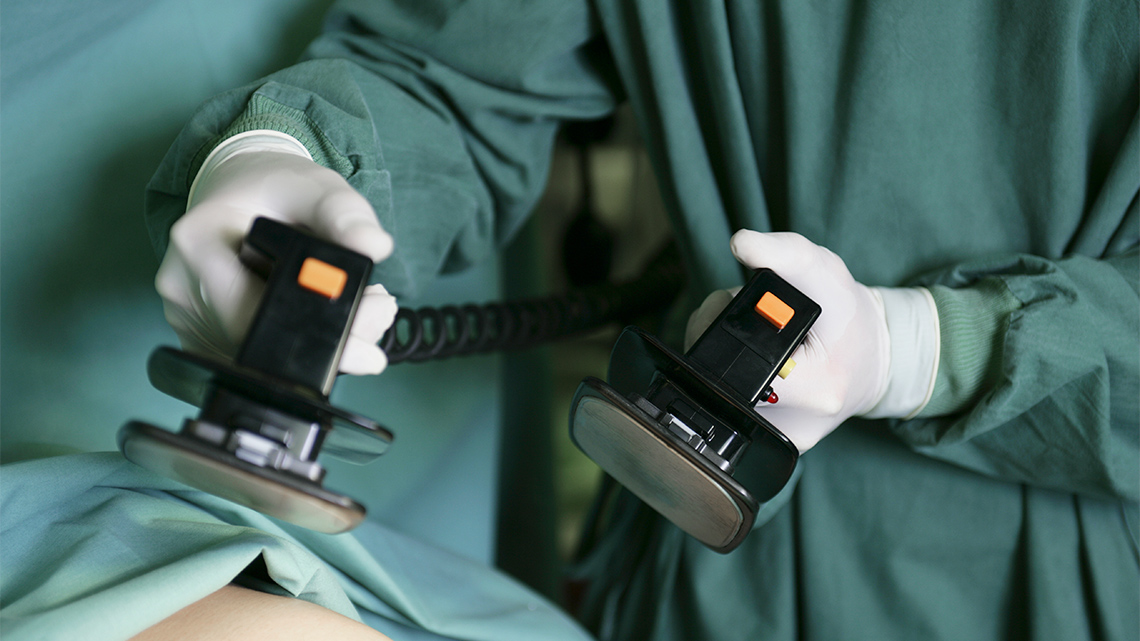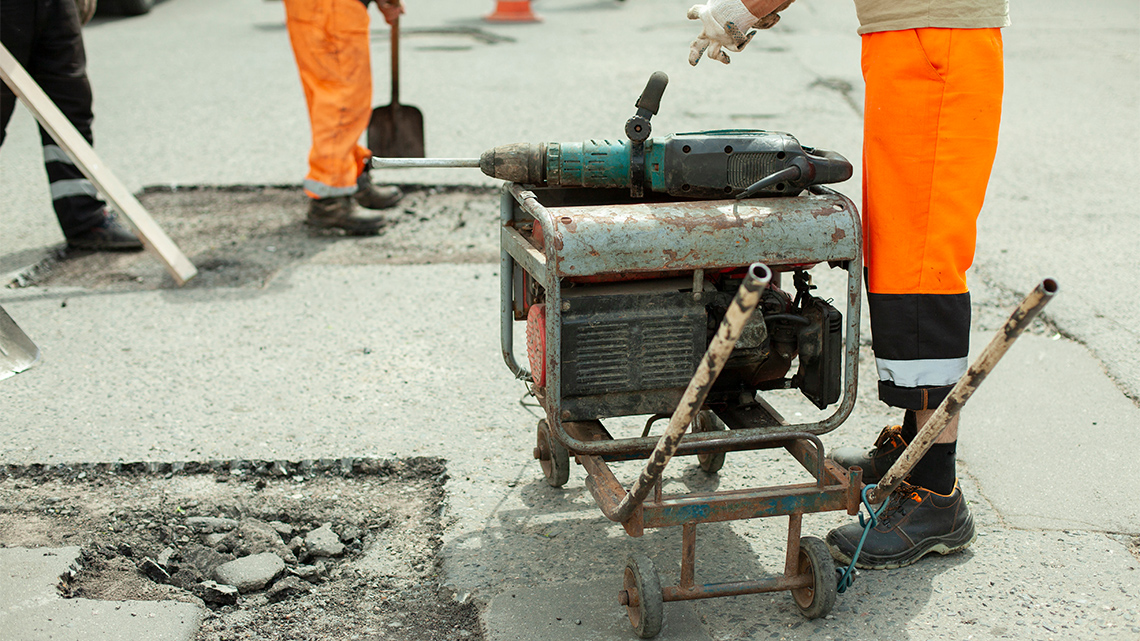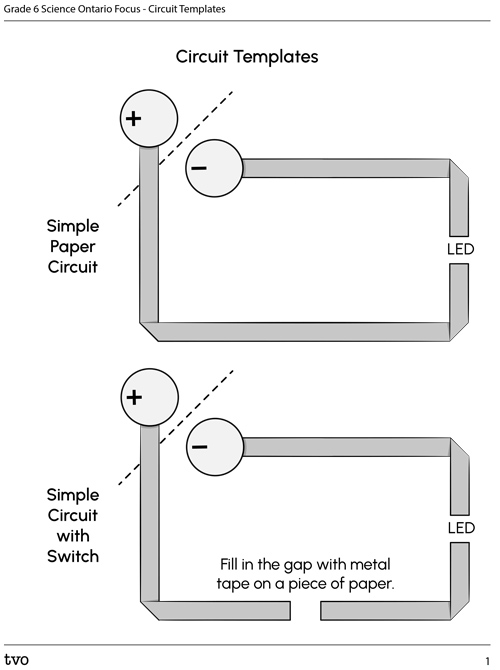Minds On
Electricity
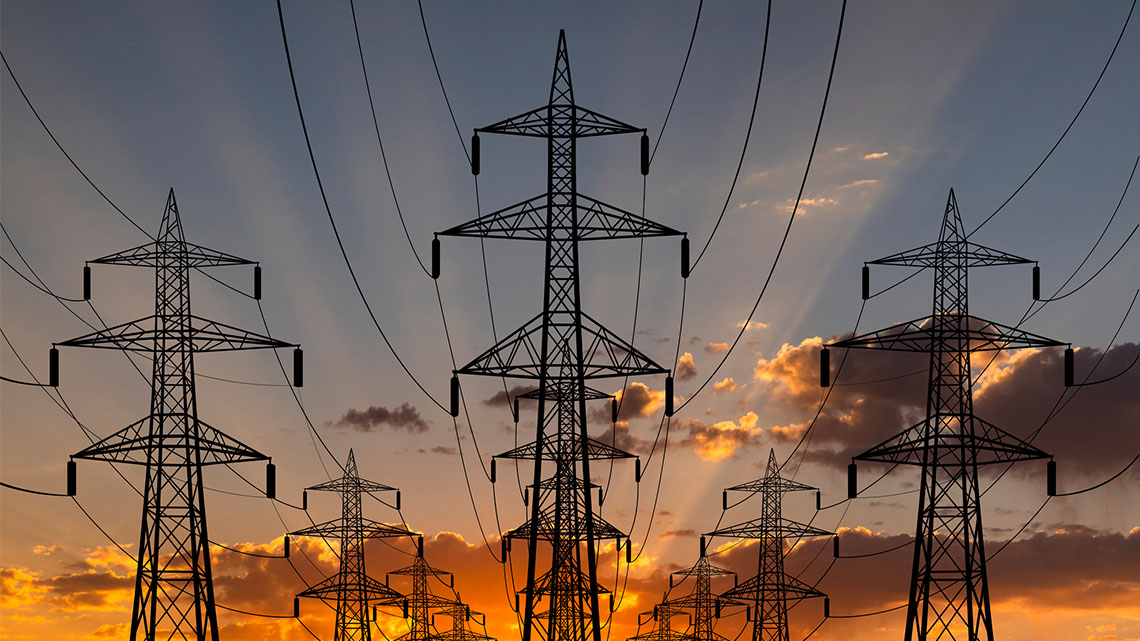
Check out the following images:
After exploring the images, did you notice what they all have in common?
Record your ideas in a notebook or another method of your choice.
Press ‘Hint’ to access a possible answer.
All of the explored images show some form of electrical energy.
Brainstorm
Brainstorm
What is electricity? How would you explain it to someone that doesn’t understand what it is?
Brainstorm what you already know about electricity and electrical energy.
Complete the Electricity Brainstorm Activity in your notebook or using the following fillable and printable document. If you would like, you can use speech-to-text or audio recording tools to record your thoughts.

This is a graphic organizer for the Electricity Brainstorm Activity. The organizer focuses on electricity. Around the main idea, there are several boxes that can be filled in by the learner. The boxes are labelled as: Definition in your own words, Facts and characteristics, Examples, and Non-examples.
Press the ‘Activity’ button to access Electricity Brainstorm Activity.
When you’ve completed your brainstorm, if possible, share your ideas with a partner, your classmates, and/or with your teacher.
Action
Types of electrical energy
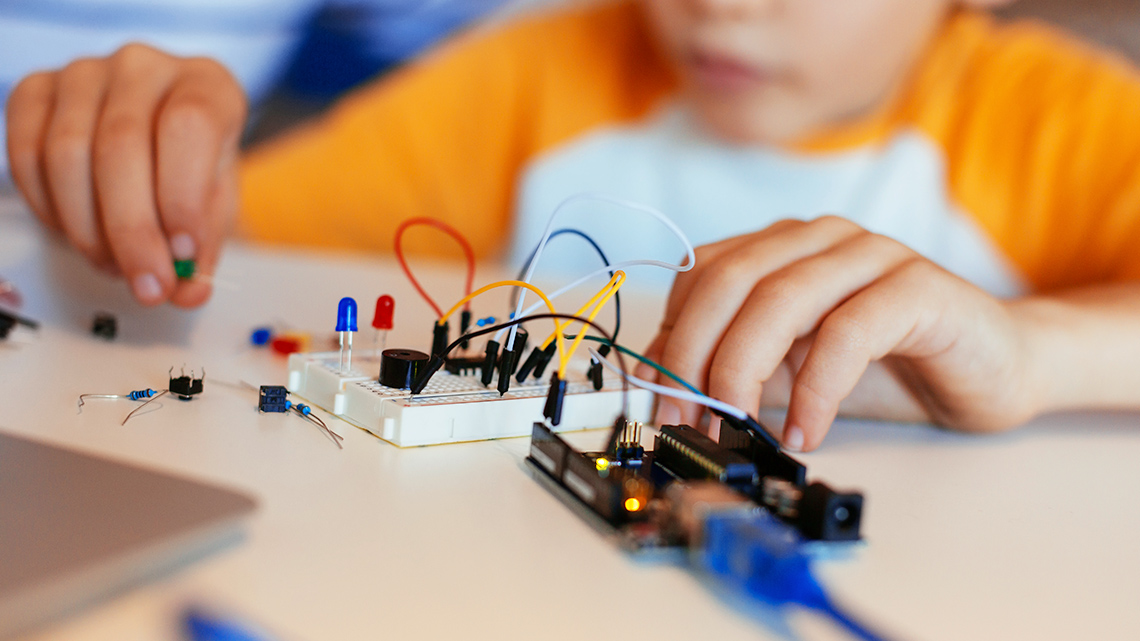
Electrical energy exists in two forms:
- static electricity
- current (or dynamic) electricity
Let’s explore the following video clip.
Try to note the differences and similarities between static and current electricity.
Record your ideas in a notebook or another method of your choice.
Static or current electricity?
What is the main similarity between static and current electricity?
Press ‘Let’s Check!’ to access a possible answer.
Both static and current electricity involve negatively charged particles called electrons.
In the next section, we will be focusing our learning on current electricity.
Powering a province
This learning activity highlights people, places, or innovations that relate directly to the province of Ontario. Enjoy the exploration!

We learned that current electricity involves the flow of electrical charge through materials to create a circuit or electrical current.
Check out the following images to view examples of current electricity used in the province of Ontario.
Pause and Reflect
Pause and reflect
After exploring current electricity in Ontario, can you think of examples of current electricity that exist in your home, school, or community?
Record your ideas in a notebook or another method of your choice.
Testing conductivity

When it comes to current electricity, materials matter! Some materials allow electrons to flow more easily while other materials can actually slow or prevent the flow of electrical current.
We can classify materials as either of the following:
- conductors are materials that allow electricity, or electrons, to easily flow through them
- OR
- insulators are materials that don’t allow electricity, or electrons, to easily flow through them
Brainstorm
Brainstorm
Let’s brainstorm about the following:
- What's similar about the materials that are conductors?
- What's similar about the materials that are insulators?
Record your thinking in your notebook or using another method of your choice such as digitally or with an audio recording.
If possible, share your thinking with a partner.
Let’s experiment!
It’s time to experiment and discover which materials help electrons flow in a circuit (conductive materials) and which materials prevent electrons from flowing as readily (insulators).
Safety
Before you explore the following experiment, let’s perform a safety check.
- Please note that LED lights can overcharge very easily. Do not attach the LED light to a battery that is stronger than three volts.
- Be sure to check that the circuit does not overheat.
Hands-on Science
Building a circuit
For this experiment, we will be learning how to build a circuit.
Before we begin, please note that you will need Circuit Templates to complete this experiment.
Complete the Lab Sheet: Current Electricity in your notebook or using the following fillable and printable document. If you would like, you can use speech-to-text or audio recording tools to record your thoughts.
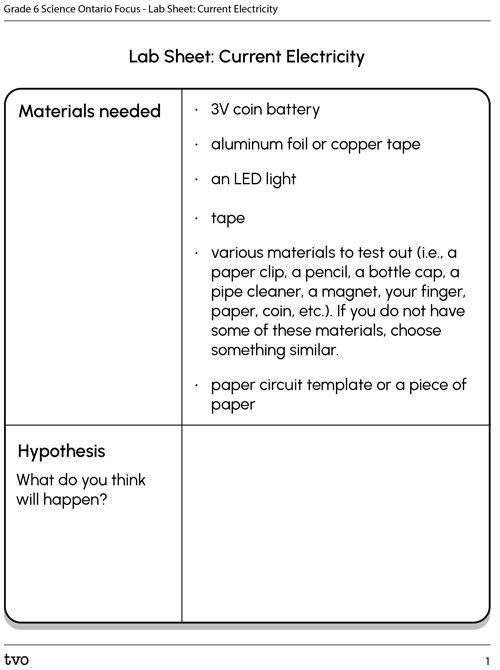
Press the Activity button to access the Lab Sheet: Current Electricity.
Activity (Open PDF in a new tab)Press the following tabs to access the materials and procedure for the Current Electricity experiment.
If you do not have access to materials, access the “Video demonstration” tab to explore the experiment in action. You can use the video to make your observations and draw your conclusions.
You will need:
- 3V coin battery
- aluminum foil or copper tape
- an LED light
- tape
- materials to test out (i.e., a paper clip, a pencil, a bottle cap, a pipe cleaner, a magnet, paper, coin, etc.). If you do not have some of these materials, choose something similar.
- provided paper circuit template or a piece of paper
- Use the provided circuit template or recreate the image.
- Lay the aluminum foil and tape it down, following a path on a piece of paper.
- When laying down the conductive material, use a continuous piece of tape until you reach the point where you will insert your LED and battery.
- Fold through the corners until you reach the end of a section.
- Test your closed circuit.
- Leave or create a gap where you will place a finger and a conductor or insulator to complete the circuit.
Optional: If possible, try this experiment with different types of conductive materials.
Check out this video to explore a demonstration of the Current Electricity experiment. Please note that materials and procedure in the video may vary slightly from what is listed in the previous tabs.

Science is about reflecting and reimagining. Was your experiment successful?
Is there anything that you would change about your experiment design to improve it or the outcome?
Even if your experiment was not successful, what did you learn or confirm about the topic you were investigating?
Self-assessment
Reflecting on our work and self-assessing is an important step in our learning process. Before continuing, take a moment and use the following checklist to reflect on your learning thus far.
Did I…?
Consolidation
Review your learning

Examples of conductors and insulators in a chart. Conductors include a penny, copper wiring, salt and water, gold, a paper clip and a frying pan. Insulators include marbles, a wooden spoon, an oven mitt, an eraser, paper, and a plastic tube.
Let’s review conductors and insulators with the following questions:
- Where are conductive materials used?
- Where are insulating materials used?
Record your ideas in a notebook or another method of your choice.
When you’re ready, press ‘Let’s Check!’ to access a possible answer.
- Conductive materials are used to help maximize or control how electrons flow in the devices we use. Frying pans are made of metal and heat up. We use metals in the oven when baking to conduct heat. Engines contain conductive materials to power vehicles and machinery.
- Insulators are protectors. They prevent electrical current from getting to places we don’t want it to reach. Insulating materials are used to cover wires (plastic or rubber coating over copper wiring), in protective clothing (i.e., rubber gloves) or in computer devices.
Let’s sort!
Review your notes from the Action section on conductors and insulators, and with the examples from the sorting activity. Be sure to update your notes as needed.
Try It
Your turn!

Are there any materials listed that you would like to test again or for the first time yourself?
Always be sure to do your safety checks before any experiment!
Be sure to follow all safety considerations before testing a new material!
- Continue to test various materials with your circuit to determine whether they are conductive or non-conductive (i.e., a spoon, a stick, a rubber eraser, plastic, etc.).
- Update your list of materials that conduct electricity well, and those that are insulators.
- Consider taking your learning a step further and rank the conductive materials from best to worst!
What did you discover? If possible, share your findings with a partner or your teacher.
Reflection
As you read through these descriptions, which sentence best describes how you are feeling about your understanding of this learning activity? Press the button that is beside this sentence.
I feel…
Now, record your ideas using a voice recorder, speech-to-text, or writing tool.
